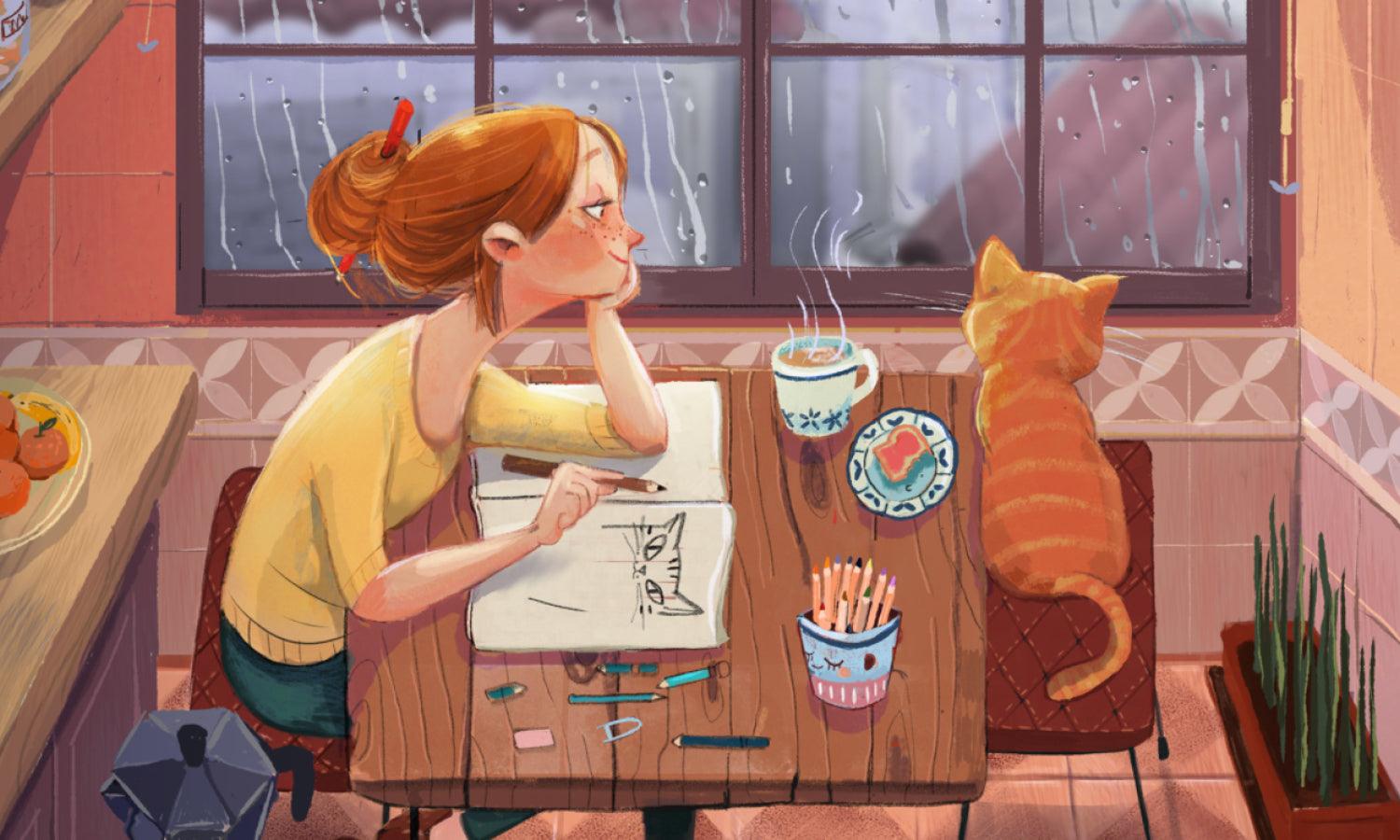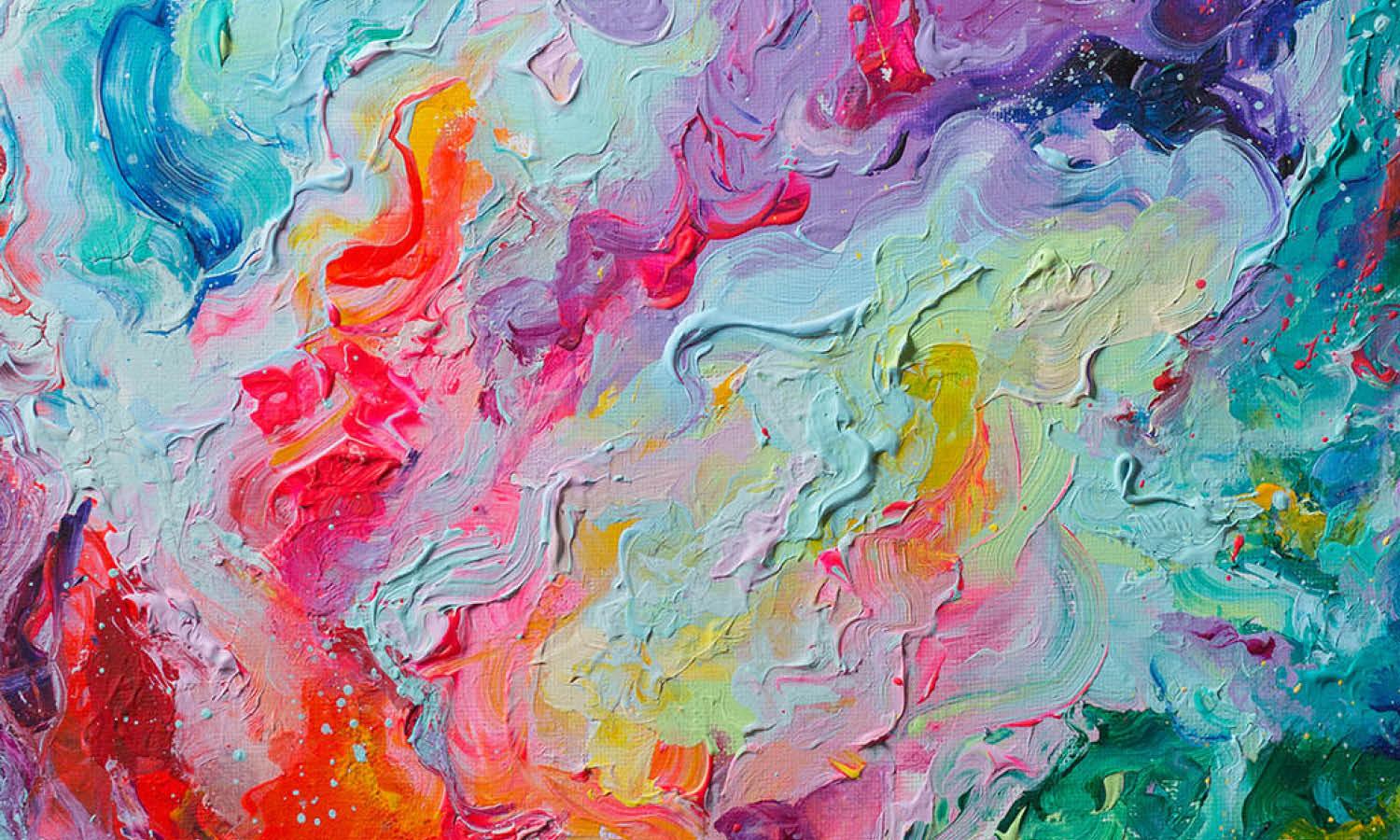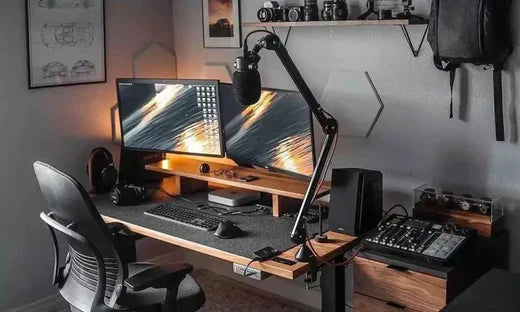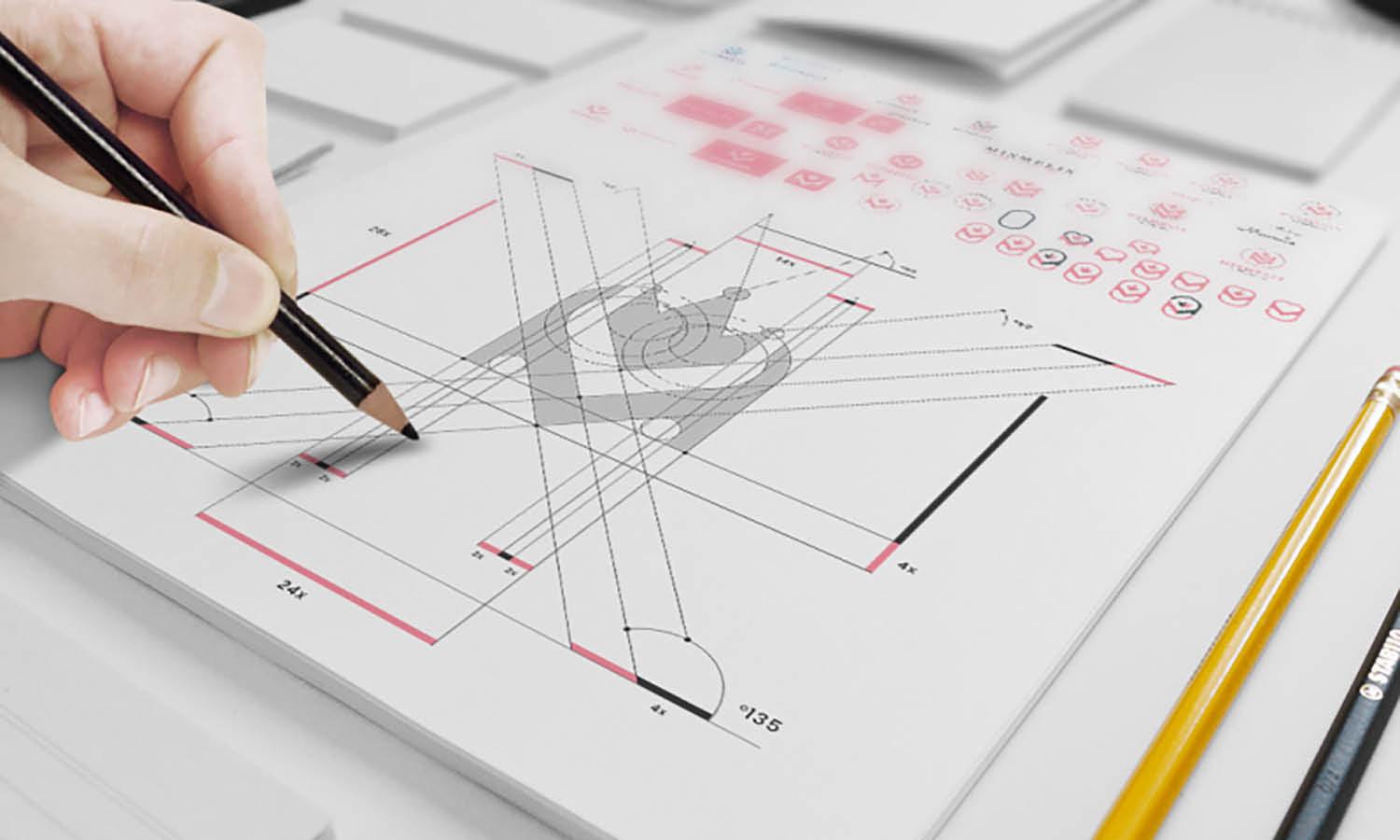Barnes Foundation, Philadelphia | Art Museum Guide

Source: Ajay_suresh, Barnes Foundation, Wikipedia, https://en.wikipedia.org/wiki/File:Barnes_Foundation_(53574516274).jpg
The Barnes Foundation stands as a cultural cornerstone in the vibrant city of Philadelphia. Revered for its exceptional collection of Impressionist, Post-Impressionist, and early Modern paintings, this museum offers an unparalleled experience for visitors interested in art history, design, and education. From its central location on Benjamin Franklin Parkway, the museum draws thousands of visitors each year with its uniquely arranged galleries and emphasis on visual learning.
What sets the Barnes Foundation apart is not only the caliber of its collection—which includes works by Renoir, Cézanne, Matisse, and Picasso—but also its educational approach, shaped by its founder, Dr. Albert C. Barnes. His commitment to presenting art in a way that fosters intellectual discovery remains integral to the institution’s mission.
The building itself, a masterwork of contemporary architecture, harmonizes beautifully with the museum’s collection and its surrounding landscape. Designed with natural light and visitor comfort in mind, it offers a meditative space to view art in an intimate setting. Whether you are a local resident or planning a trip to the city, this art museum guide, Philadelphia invites you to explore the Barnes Foundation and uncover the stories, philosophies, and creativity that make it an enduring cultural landmark.
Renowned Collection of Impressionist and Post-Impressionist Art
A key highlight in any art museum guide, Philadelphia is the exceptional art collection housed at the Barnes Foundation. The museum’s core strength lies in its extraordinary array of Impressionist and Post-Impressionist masterpieces, meticulously assembled by Dr. Albert C. Barnes during the early 20th century. With more than 180 paintings by Pierre-Auguste Renoir alone, the Barnes possesses the largest single group of works by the artist in the world.
Alongside Renoir, visitors can admire significant works by Paul Cézanne, including still lifes and landscapes that influenced generations of modern painters. Claude Monet, Edgar Degas, and Camille Pissarro are also represented, offering a wide view of the French Impressionist movement. Post-Impressionist contributions by Vincent van Gogh, Henri Rousseau, and Georges Seurat add depth and contrast to the overall collection.
Henri Matisse’s works are especially prized at the Barnes, including “The Joy of Life,” a monumental mural commissioned specifically for the museum. These works are not merely presented as isolated masterpieces; they are integral to Dr. Barnes’s philosophy of visual education and cultural enrichment.
Each room in the Barnes Foundation offers a concentrated glimpse into modern art history, making the experience deeply educational as well as visually inspiring. For anyone following an art museum guide, Philadelphia, this museum offers an irreplaceable chance to see groundbreaking works by the artists who redefined light, color, and form in Western art. The collection's depth and focus make it a standout destination for students, scholars, and casual visitors alike.
Unique Display Method by Dr. Albert Barnes
What distinguishes the Barnes Foundation from other institutions featured in any art museum guide, Philadelphia is its unconventional and deeply personal method of displaying art. Dr. Albert C. Barnes, the museum’s founder, rejected traditional curatorial methods in favor of a symmetrical and pedagogical arrangement he called “ensembles.” These groupings include paintings, metalwork, furniture, and decorative arts organized by visual relationships—such as line, color, light, and form—rather than by artist, period, or geographical origin.
This approach encourages viewers to make their own aesthetic and intellectual connections. A Cézanne still life might hang beside a Pennsylvania Dutch cabinet and a West African sculpture, challenging assumptions and fostering a broader understanding of visual language. Each gallery becomes a classroom, not through didactic panels or exhaustive labels, but through thoughtful spatial design that invites contemplation and inquiry.
Barnes’s method is rooted in his belief that art appreciation should be democratic and experiential. He emphasized that understanding art comes from direct engagement and personal interpretation rather than expert commentary. This philosophy remains intact in the museum’s modern building, where the galleries have been reconstructed to mirror their original layout in Merion, Pennsylvania.
For readers consulting an art museum guide, Philadelphia, this curatorial style offers a rare and immersive experience. It breaks from institutional norms to deliver something far more dynamic—an interaction with art that is guided not by hierarchy but by harmony. The result is a deeper, more intuitive connection between the viewer and the works on display.
Architectural Brilliance by Tod Williams Billie Tsien Architects
The Barnes Foundation’s building, completed in 2012, is a masterful example of modern museum architecture. Designed by the acclaimed team of Tod Williams and Billie Tsien, the structure seamlessly merges function with aesthetics, creating a space that respects the legacy of its founder while embracing contemporary design. This standout feature makes it a prominent highlight in any art museum guide, Philadelphia.
The architects were tasked with relocating the Barnes collection from its original Merion site to Philadelphia’s cultural district, all while maintaining the unique layout of the galleries. To accomplish this, they designed a “gallery box” that replicates the original interior dimensions and lighting, preserving Dr. Barnes’s vision. This gallery space is enveloped by a larger, minimalist frame constructed with limestone, bronze, and glass—materials chosen for their durability and timeless appeal.
Natural light plays a pivotal role in the museum’s interior, controlled through elegant skylights and scrims that allow artworks to be viewed in soft, consistent daylight. The interplay of transparency and opacity throughout the building helps guide visitors through its various zones, from exhibition spaces to education centers and gardens.
Reflecting pools and landscaped gardens outside the museum contribute to a sense of calm and harmony, extending the museum experience beyond the walls. Every design element is intentional, making this building not just a container for art, but a work of art in itself. For those referencing an art museum guide, Philadelphia, the Barnes Foundation exemplifies the synergy between architecture and artistic mission.
Central Parkway Location in Philadelphia
Strategically situated on the Benjamin Franklin Parkway, the Barnes Foundation occupies a prime location within Philadelphia’s renowned cultural corridor. Surrounded by iconic institutions such as the Philadelphia Museum of Art and The Franklin Institute, it is a key destination for anyone compiling an art museum guide, Philadelphia. The museum’s presence along this tree-lined avenue makes it easily accessible and highly visible to both residents and visitors.
This location was chosen not only for its prestige but also for its ability to connect the Barnes Foundation to the broader public. Previously nestled in the suburb of Merion, the collection’s move to the Parkway marked a significant moment in expanding public access while preserving the intimate experience envisioned by Dr. Albert Barnes. The new site allows for increased attendance, enhanced educational programming, and greater collaboration with neighboring institutions.
The area is well-served by public transportation, including buses, subways, and bike-sharing stations. It’s also pedestrian-friendly, allowing museumgoers to explore nearby landmarks such as Logan Square, the Rodin Museum, and Sister Cities Park—all within walking distance. The Parkway’s design, inspired by the Champs-Élysées in Paris, adds an elegant backdrop to the experience.
For anyone referencing an art museum guide, Philadelphia, the Barnes Foundation’s central location is both practical and symbolic. It places world-class art within reach of a broader audience and affirms the museum’s role as a cultural anchor in the heart of the city. Whether you arrive on foot or by transit, the museum welcomes all with architectural grace and accessibility.
Educational Mission Rooted in Progressive Ideals
A central feature in any art museum guide, Philadelphia is the Barnes Foundation’s longstanding commitment to education. Dr. Albert C. Barnes established the Foundation in 1922 not simply as a place to view art, but as a teaching institution designed to democratize art appreciation. His belief in learning through visual experience rather than rote instruction set the Barnes apart from other institutions of its time—and that mission continues to this day.
The Barnes offers a range of educational programs for all ages and backgrounds, including adult classes, youth workshops, school outreach programs, and professional development for educators. These offerings reflect the Foundation’s core belief that art is a vital tool for intellectual and personal growth.
Rather than focusing solely on traditional art history, the Barnes emphasizes critical thinking and personal interpretation. Students are encouraged to form their own connections with the artwork, echoing Dr. Barnes’s philosophy of individual engagement over expert-led discourse. The institution’s unique teaching methods have influenced generations of artists, educators, and curators.
In addition to classroom-based programs, the Barnes integrates learning opportunities into the visitor experience through gallery talks, public lectures, and accessible interpretive materials. The emphasis remains on visual literacy and the power of observation.
For those consulting an art museum guide, Philadelphia, the Barnes Foundation stands out as an example of how museums can be more than repositories—they can be catalysts for learning, dialogue, and empowerment through the arts.
Intimate Gallery Experience
One of the most distinctive aspects of the Barnes Foundation, especially for readers consulting an art museum guide, Philadelphia, is its uniquely intimate gallery environment. Unlike expansive museums that present their collections across cavernous halls, the Barnes Foundation offers a more personal, almost domestic setting in which to engage with its masterworks.
Each gallery room replicates the original scale and arrangement from the Foundation’s first location in Merion, Pennsylvania. This design choice creates a sense of familiarity and warmth, allowing visitors to encounter art at eye level and in close proximity. The galleries are not overwhelming; they are contemplative spaces that invite quiet focus and extended viewing.
The layout encourages unhurried exploration, and the absence of large interpretive panels or labels means the works speak directly to the viewer. This approach fosters personal reflection and visual dialogue, aligning with Dr. Barnes’s educational vision. The gallery walls are densely hung, but never cluttered—inviting visitors to discover connections between paintings, decorative objects, and artifacts through repeated viewing.
Subtle lighting and acoustics further enhance the atmosphere, eliminating distractions and helping visitors stay present with the art. Seating is thoughtfully placed, encouraging rest and reflection.
For anyone exploring the Barnes Foundation through an art museum guide, Philadelphia, this intimate setting is a defining feature. It transforms the act of viewing art into a private, almost meditative experience—one that prioritizes emotional connection and intellectual curiosity over spectacle or scale.
Extensive African Art and Native American Objects
A compelling inclusion in any art museum guide, Philadelphia is the Barnes Foundation’s impressive holdings of African art and Native American objects. While best known for its European modernist masterpieces, the museum also presents a broader global context through carefully curated works from non-Western cultures. Dr. Albert Barnes had a deep appreciation for the formal qualities and spiritual significance of African sculpture and Indigenous craftsmanship, and he incorporated these works directly into his teaching philosophy.
The African art collection features striking masks, carved figures, ceremonial tools, and ritual objects—mainly from West and Central Africa. These pieces are displayed alongside European paintings, highlighting shared aesthetic principles such as symmetry, rhythm, and abstraction. Rather than isolating these works as ethnographic artifacts, Barnes presented them as integral components of visual education and artistic expression.
Similarly, the museum’s selection of Native American objects includes finely crafted textiles, beadwork, pottery, and tools. These items reflect the ingenuity and cultural richness of Indigenous peoples across North America. Their inclusion within the galleries underscores Dr. Barnes’s progressive belief that all art—regardless of origin—deserves equal consideration.
This approach invites visitors to view artistic traditions from around the world through a lens of equality and interconnectedness. It also challenges conventional museum hierarchies, offering a more inclusive narrative. For those following an art museum guide, Philadelphia, the Barnes Foundation’s integration of African and Native American works is a powerful reminder of how cultural diversity shapes the broader story of global art.
Stunning Light-Filled Interior Spaces
When examining highlights in any art museum guide, Philadelphia, the Barnes Foundation’s light-filled interiors deserve special mention. The building was designed with an emphasis on natural illumination, creating an atmosphere that enhances the viewing experience while honoring the museum’s pedagogical roots. Light is not simply a utility here—it is a curatorial element in itself.
Architects Tod Williams and Billie Tsien designed the galleries with carefully calibrated skylights and clerestory windows, allowing soft, diffuse daylight to fill the rooms. This technique mirrors the lighting conditions of the original Merion location, where Dr. Barnes believed that art should be viewed under natural conditions. The result is a calm, contemplative environment that invites slow looking and emotional connection.
Walls are finished in warm, neutral tones that help the art stand out without distraction. Subtle transitions between gallery rooms and public spaces maintain a consistent rhythm throughout the museum, supporting an uninterrupted flow from one visual encounter to the next. Visitors often remark on the serene quality of the lighting, which makes colors appear more vivid and surfaces more textured.
Beyond the galleries, large glass panels in public areas frame views of the surrounding landscape and interior gardens. These visual connections to nature reinforce the museum’s philosophy of harmony between art, architecture, and the environment.
For anyone referencing an art museum guide, Philadelphia, the Barnes Foundation provides a model of how thoughtful lighting design can elevate the entire museum experience, transforming a visit into something immersive, sensory, and unforgettable.
Lush Garden and Outdoor Spaces
The Barnes Foundation is not only a haven for art lovers but also a peaceful retreat for those seeking natural beauty in an urban environment. A standout feature in any art museum guide, Philadelphia, the museum’s lush garden and thoughtfully designed outdoor spaces offer visitors an immersive experience before even stepping indoors.
The grounds were designed in harmony with the building’s architectural principles, emphasizing serenity, balance, and continuity between the museum and its natural surroundings. Landscaped by OLIN, a renowned Philadelphia-based landscape architecture firm, the gardens feature native plantings, ornamental grasses, and flowering trees that change with the seasons. This evolving palette creates a dynamic and sensory-rich environment that complements the museum’s visual collections.
Water features, including shallow reflecting pools and geometric fountains, provide tranquil soundscapes and mirror the building’s clean architectural lines. Stone walkways and benches are strategically placed for quiet reflection, while open green spaces invite leisurely strolls or moments of pause.
These outdoor areas serve not only aesthetic purposes but also functional roles. They offer a buffer from the city’s hustle, provide a natural transition into the museum experience, and serve as venues for special events, open-air programming, and educational activities.
For anyone referencing an art museum guide, Philadelphia, the Barnes Foundation’s outdoor spaces represent an extension of its commitment to harmony and learning. Whether visiting in spring bloom or autumnal rust, the gardens elevate the museum visit, making it both culturally and naturally enriching.
Gift Shop With Artistic Flair
No art museum guide, Philadelphia would be complete without highlighting the Barnes Foundation’s exceptional gift shop. Located just beyond the main lobby, this inviting retail space offers visitors the chance to bring home a piece of their museum experience. With its curated selection of items inspired by the Barnes collection, the shop reflects the same attention to detail and appreciation for craftsmanship found throughout the museum.
Shoppers can find beautifully printed art books, exhibition catalogues, and educational materials that deepen understanding of the artists and philosophies represented in the galleries. The store also carries an impressive array of fine art prints and postcards featuring works by Renoir, Matisse, Cézanne, and Van Gogh.
For those looking for unique gifts or personal keepsakes, the shop showcases locally made jewelry, hand-stitched textiles, artisan ceramics, and museum-branded merchandise. Each item is carefully chosen to echo the themes of creativity, quality, and global artistry that define the Barnes Foundation.
The store is also a destination in its own right for design lovers. Its minimalist interior design and thoughtful layout create a welcoming environment that encourages browsing and discovery. Seasonal offerings, such as holiday gifts and limited-edition items tied to special exhibitions, keep the inventory fresh and engaging throughout the year.
As noted in many entries of any reliable art museum guide, Philadelphia, the Barnes Foundation’s gift shop offers more than retail—it offers an extension of the museum’s ethos. Every purchase becomes a tangible connection to the aesthetic and intellectual richness of the institution.
Conclusion
The Barnes Foundation remains an essential stop for anyone following an art museum guide, Philadelphia. With its world-class art collection, distinctive display methods, and serene architectural setting, the museum offers a singular cultural experience. Its educational mission, thoughtful curation, and integration of outdoor and indoor spaces reflect a vision that continues to inspire. Whether you are drawn by the works of Renoir and Matisse, the peaceful gardens, or the enriching programs, the Barnes Foundation invites visitors to see art—and the world—with fresh perspective. It is a destination where creativity, reflection, and learning converge in powerful harmony.
Let Us Know What You Think!
Every information you read here are written and curated by Kreafolk's team, carefully pieced together with our creative community in mind. Did you enjoy our contents? Leave a comment below and share your thoughts. Cheers to more creative articles and inspirations!
















Leave a Comment